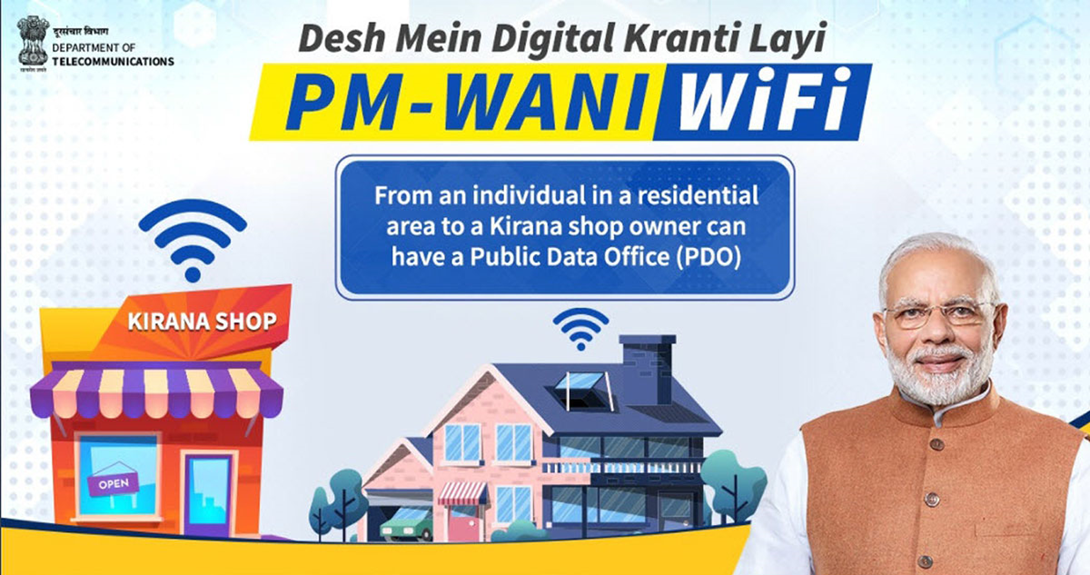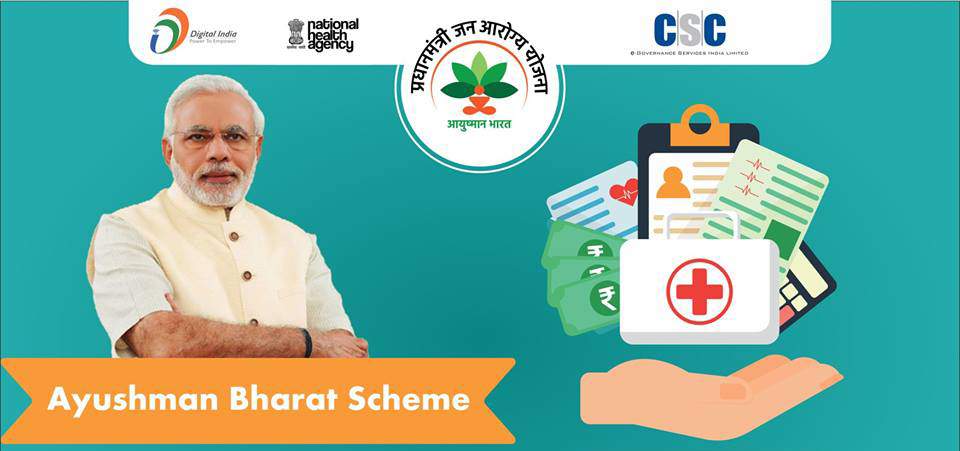



Small Savings Schemes like PPF, NSC, SCSS, Sukanya Samriddhi Yojana, KVP, and MIS are government-backed instruments aimed at mobilizing household savings. As of Oct–Dec 2025, interest rates remain attractive (PPF 7.1%, SCSS 8.2%), ensuring investor confidence. Key initiatives include digitalization through Aadhaar-based e-KYC, freezing inactive accounts after 3 years, and exploring sachet-sized investments to promote financial inclusion. These measures enhance accessibility, transparency, and fiscal sustainability, making small savings schemes a safe and convenient investment option for all sections of society.

Copyright infringement not intended
Picture Courtesy: The Hindu
Small Savings Schemes, also called Post Office Savings Schemes, are a popular way to channel household savings. The government sets interest rates quarterly, and for the current quarter, rates remain unchanged, making them attractive for investors.
Small Savings Schemes are government-backed investment programs designed to encourage households to save. They are often called Post Office Savings Schemes because many are offered through post offices across India.
Here are representative rates: (Source: Indian Bank)
|
Scheme |
Target Group |
Interest Rate (Oct–Dec 2025) |
Key Features |
|
PPF (Public Provident Fund) |
Individuals |
7.1% p.a. |
Long-term investment, tax benefit under Sec 80C |
|
NSC (National Savings Certificate) |
Individuals |
7.7% p.a. |
Fixed deposit-like scheme, tax benefit under Sec 80C |
|
SCSS (Senior Citizens Savings Scheme) |
Senior citizens |
8.2% p.a. |
High returns for retirees, quarterly interest payout |
|
Sukanya Samriddhi Yojana |
Girl child <10 years |
8.2% p.a. |
Long-term savings, tax benefits under Sec 80C |
|
Kisan Vikas Patra (KVP) |
Individuals |
7.5% (maturity in 115 months) |
Doubles investment in fixed time, secure scheme |
|
Monthly Income Scheme (MIS) |
Individuals |
7.4% p.a. |
Fixed monthly income, ideal for retirees |
Household Savings & Financial Inclusion: Small savings’ share in household savings rose from 0.7% (2013-14) to ~9% in recent years. Total outstanding balance: ₹18.7 lakh crore as of March 2024. (Source: Financial Express)
Government Borrowing & Fiscal Impact: Net collections in FY23: ₹3.04 lakh crore, down 8.5% YoY — first dip in 11 years. These schemes help fund the government via the National Small Savings Fund (NSSF). (Source: Business Standard)
Behavioural Economics & Investment Shifts: Higher returns (7.1–8.2%) made schemes more attractive than bank FDs (~6.5–7%). CAGR of outstanding balances: ~16% since FY2019. (Source: Economic Times)
Social Impact (Targeted Benefits): Sukanya Samriddhi Yojana: 41% YoY growth (Feb 2023–24) – supports girl child savings. Senior Citizens’ Scheme: 28% growth – promotes elderly financial security. (Source: Economic Times)
Maintain Attractive Returns: Continue offering competitive interest rates to retain investor confidence. Example: PPF – 7.1%, NSC – 7.7%, SCSS – 8.2% ((Source: Financial Express, Oct 2025)
Digitalization & Ease of Access: Expand Aadhaar-based e-KYC for RD, PPF, and other accounts. Goal: Paperless account opening, withdrawals, and account management ((Source: TOI, Oct 2025)
Active Account Management: Freeze inactive accounts after 3 years to prevent misuse of funds. Encourages investors to monitor and manage accounts regularly ((Source: ET Wealth, Oct 2025)
Policy Flexibility: Periodically review interest rates in line with RBI repo rates and fiscal constraints. Explore sachet-sized investment options to attract small investors ((Source: Reuters, Jan 2025)
Source: The Hindu
|
Practice Question Q. Discuss how digitalization initiatives, such as Aadhaar-based e-KYC, can enhance transparency and accessibility in India’s small savings schemes. |
Small savings schemes are government-backed investment instruments aimed at mobilizing household savings. Popular schemes include PPF, NSC, SCSS, Sukanya Samriddhi Yojana (SSY), Kisan Vikas Patra (KVP), and Monthly Income Scheme (MIS).
The Ministry of Finance sets interest rates quarterly, considering factors like RBI policy rates, government borrowing costs, and fiscal considerations.







© 2025 iasgyan. All right reserved